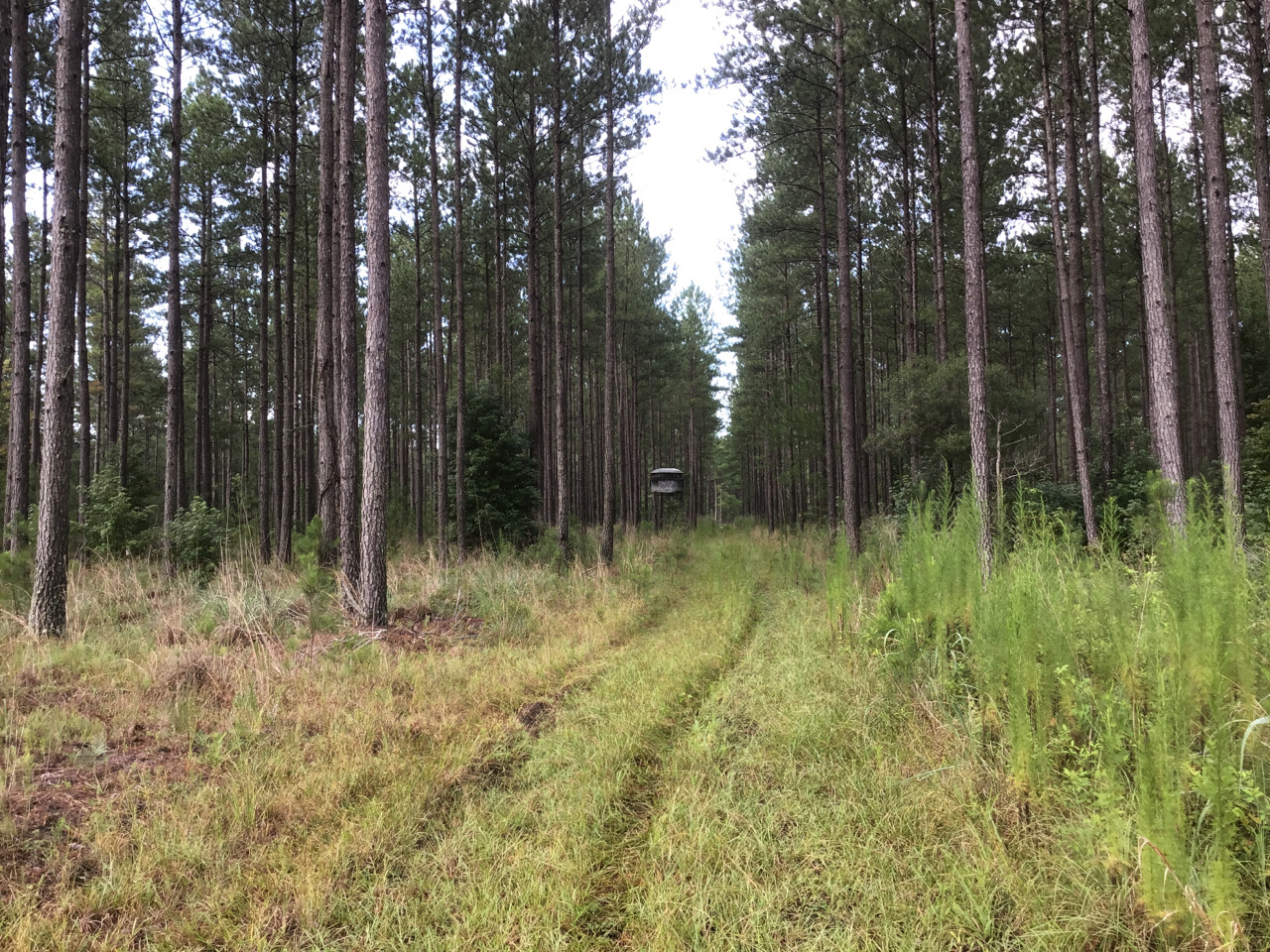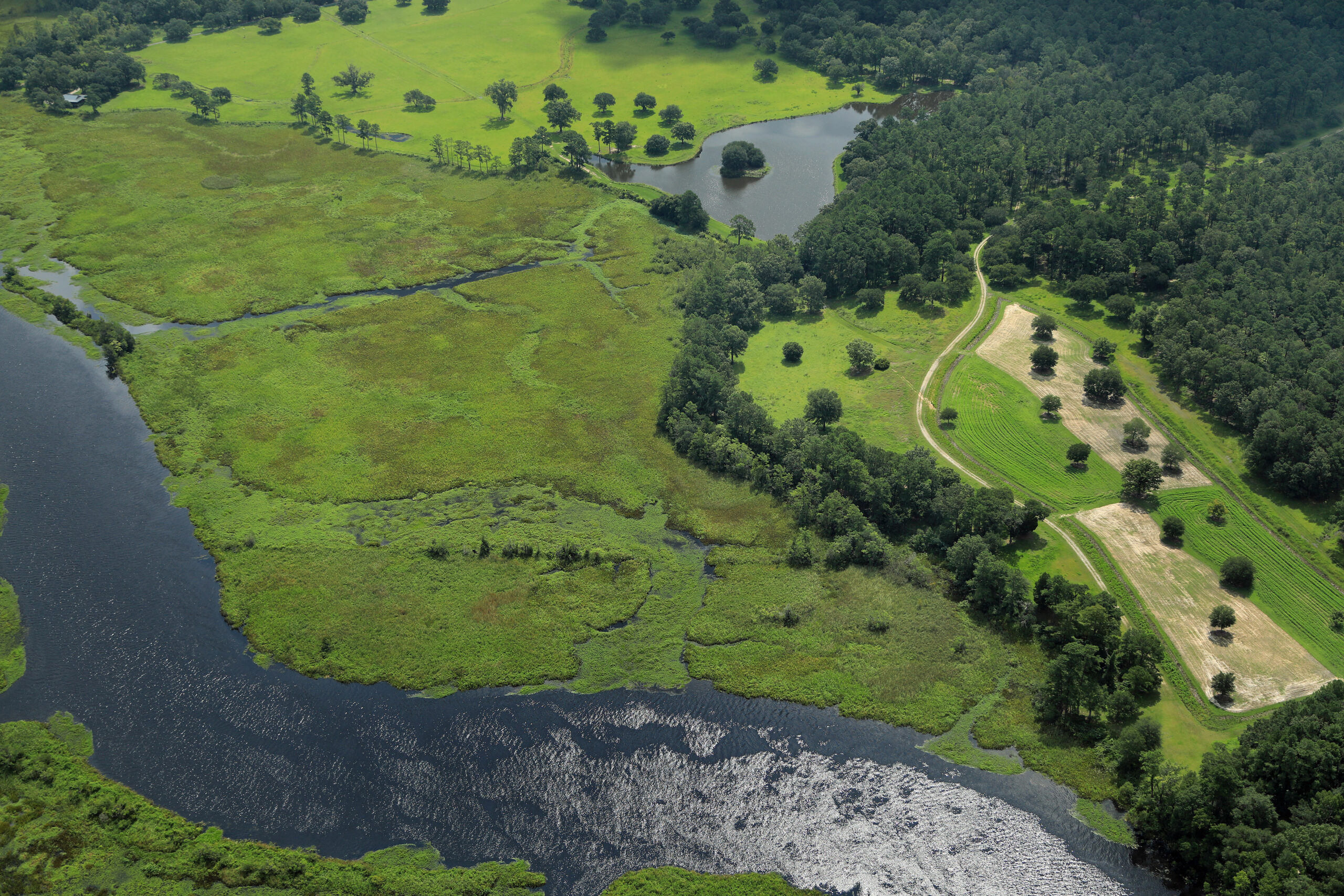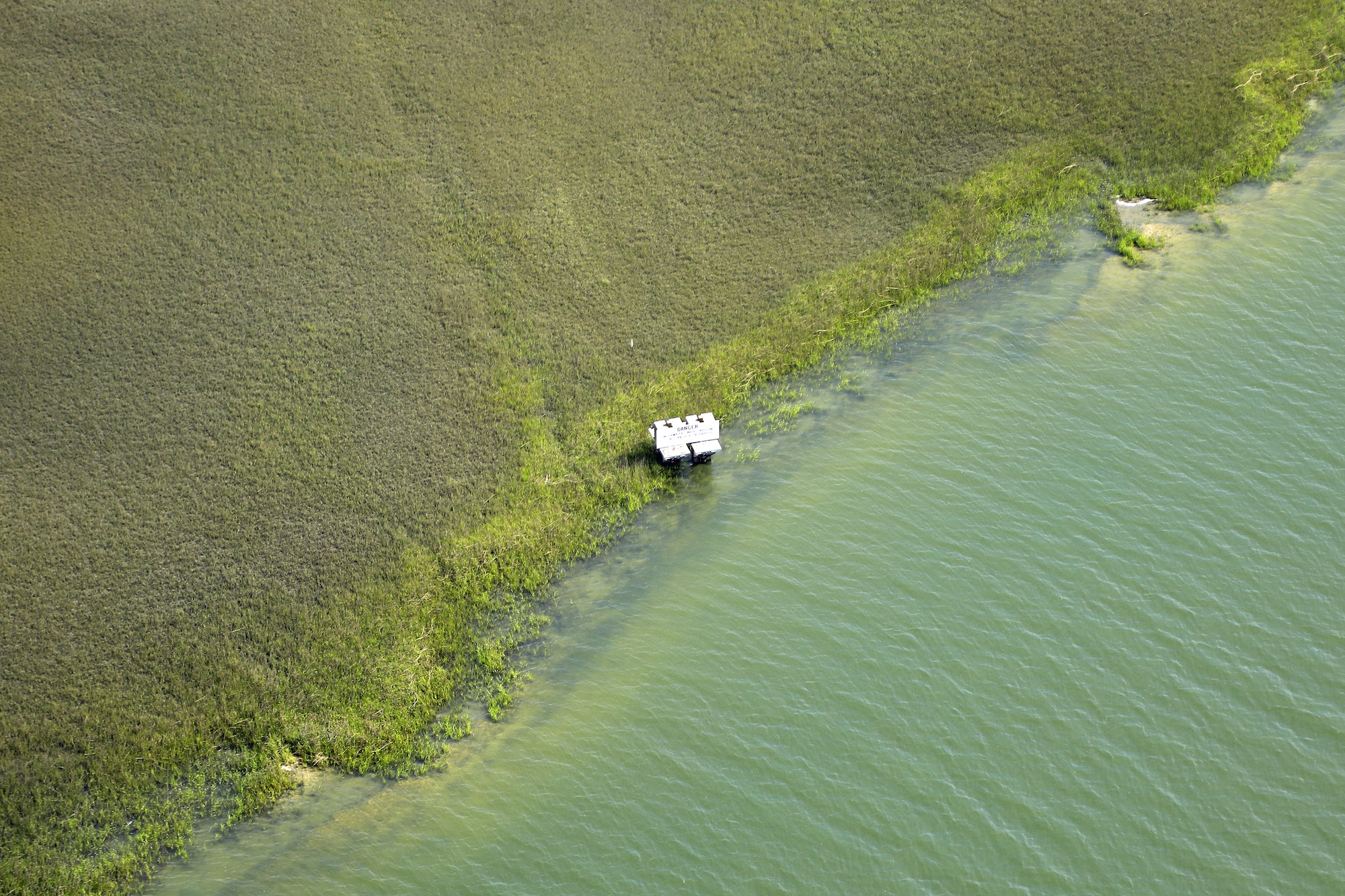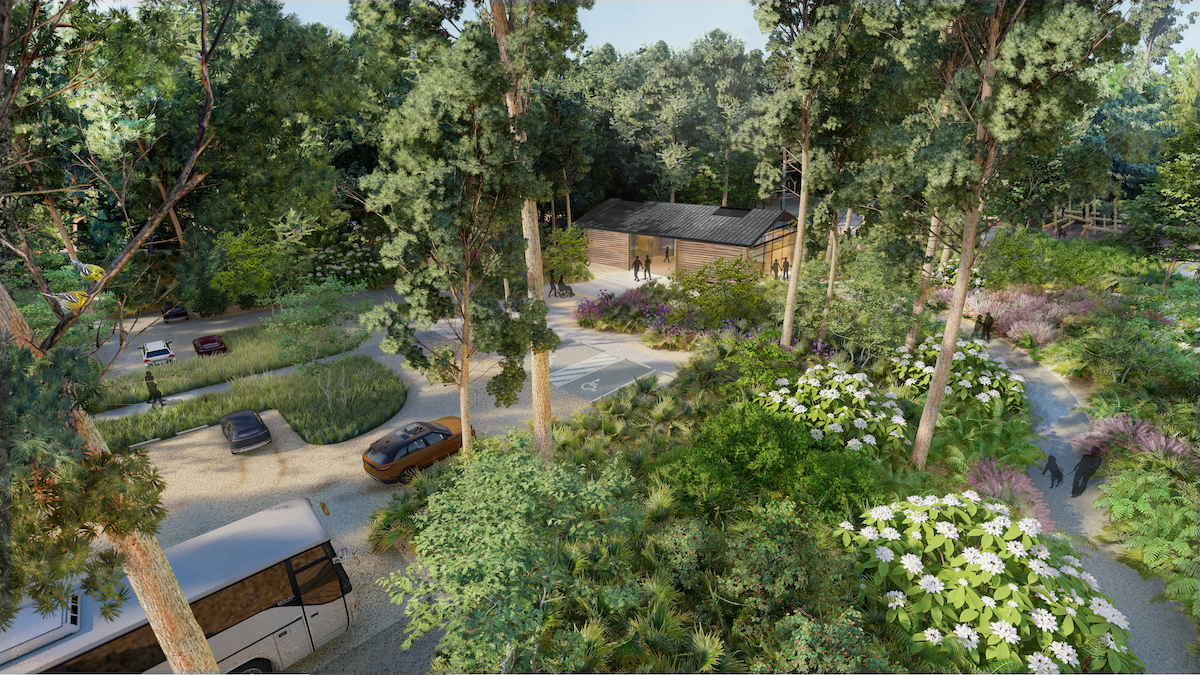In order to more fully appreciate the scope of the conservation partnerships that support our mission, staff members regularly plan educational field ventures to conserved property. All right – truth be told, the trip at its core was educational, but it also serves to get us out of the office, to be together, and to have FUN while exploring our bountiful Lowcountry natural resources, history and culture. Our destination on May 9 was Jehossee Island, an integral part of the ACE (Ashepoo, Combahee, and Edisto Rivers) Basin National Wildlife Refuge.
Our trip began on a Wadmalaw Island easement property dock on the banks of Church Creek. Our vessel for the day was the Straw Dog, a comfortable and beautifully restored lobster boat outfitted for cruising. Travelling down the ICW, we were able to enjoy scenic views of many of our protected properties from the waterway, fully appreciating the public benefit that conservation easement protections provide.
Jehossee Island (3,300 acres) is not generally open to the public except for a few limited hunting exceptions and is accessible only from the water. Mark Purcell, the ACE Basin NWR Manager met us at the dock and served as our guide for the day. We piled into a bench seat trailer and were provided with a tour and learning experience encompassing the wildlife habitat, the management methods currently in practice, the rich history and the cultural significance of Jehossee.
Jehossee Island is bordered by the South Edisto and Dawhoo Rivers near Edisto Island. The island was purchased by William Aiken of Charleston in 1833. By 1850, over 1,500 acres of rice was being cultivated in the managed impoundments. At the time, this was almost twice the size of any rice plantation in the nation and had one of the highest slave populations of any plantation on the east coast. Following the Civil War, rice production diminished and the Aiken family sold Jehossee following William’s death. The property passed through many hands until the Maybank family of Charleston bought and managed the vast impoundments for waterfowl and the island became a private hunting preserve.
In 1988, Jehossee became an integral part of the ACE Basin NWR as a federally protected component of the ACE Basin. Although the years have taken their toll on the banks and impoundments, leaving only a few hundred acres of intact rice fields, the rest of the dikes are broken, free-flowing with the tides, and still provide habitat and cover for thousands of migrating waterfowl, wading birds and other wildlife every year. Few man-made structures have survived the years—a chimney stack from an old rice mill and the caretaker’s house still stand today, while brick and rubble piles indicate the ruins of long-gone living quarters. Breathtaking live oak avenues guided us to where other structures once stood, letting our imaginations complete the vision of what life on the self-sustaining island was like 150 years ago.
It was a fascinating day and we want to thank everyone who participated in planning the trip and sharing Jehossee with us, including Mark Purcell as well as our trusty boat captain. These field ventures keep us mindful of the tangible results of the work we do and renews our enthusiasm for our mission – honoring the relationship between people and land by protecting irreplaceable Lowcountry lands.








